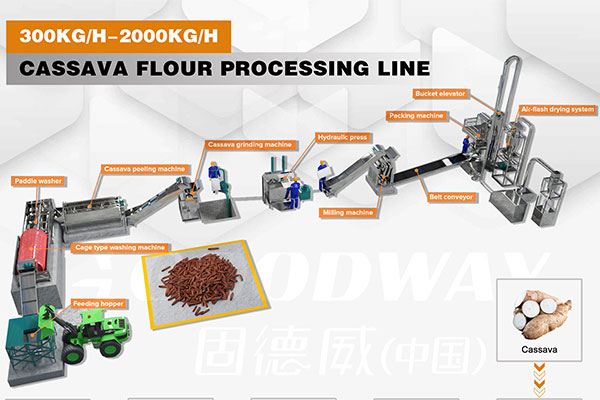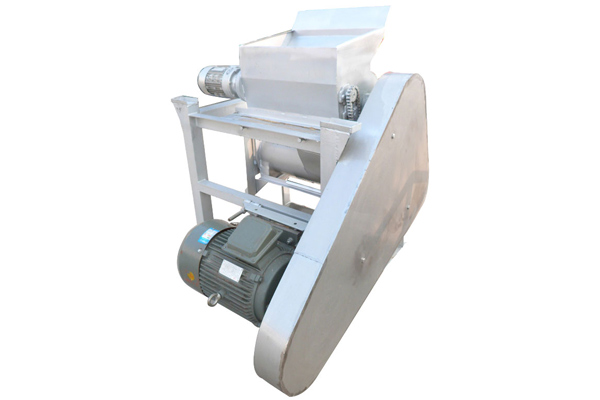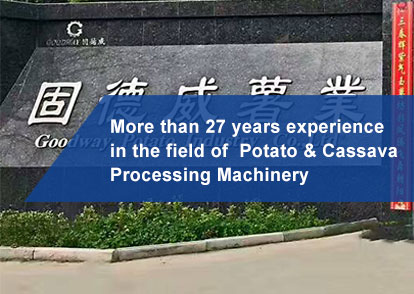China is the world's largest producer of sweet potatoes, and its planting area and total output account for about 70% and 85% of the world respectively. At present, the annual planting area of sweet potatoes in China is more than 90 million mu, second only to rice, wheat and corn, with a total output of 150 million tons. The consumption ratio of sweet potatoes in China is about 45% for industrial processing, 35% for feed, and 20% for food. China is also a big potato producer. The planting area reached 86.24 million mu in 2017, with an output of about 107 million tons, accounting for one-third of the world's total output.
Ⅰ. Starch processing in China
Although China's sweet potato and potato production is high, the processing conversion rate is relatively low. North America and the European Union are well-deserved leaders in the potato processing industry, with a processing conversion rate of 60%-70%, while China's only 10%-12%. Whether it is processed sweet potatoes, potatoes, cassava, kudzu root or other raw materials, there are four main types of deep-processed products: starch, whole flour, food (fries, potato chips, etc.), processing by-products (protein, dietary fiber, pectin, etc.).
Taking potato starch processing as an example, China's annual processing volume of fresh potatoes is about 5 million tons, and the production of refined starch is about 600,000 tons, while the Dutch Avibe company in the European Union processes 640,000 tons of starch. The annual processing capacity of a starch processing company is more than the combined annual output of all starch processing companies in China.
Ⅱ. Factors constrainting China's potato deep processing industry development
Obviously, the problem of China's potato processing conversion rate restricts the development of China's potato deep processing industry. The overall performance is in the following four points.
1. The scale of the enterprise is small, the processing technology capacity is weak, and the starch processing equipment is backward, and the productivity cannot be improved.
2. The processing concept is backward and the product structure is relatively simple. Most potato processing companies in China aim to extract starch. However, in other areas of potato deep processing, the processing ratio of modified starch and functional food is very small, and valuable ingredients such as protein, fiber, organic matter, and pectin It has not been effectively developed.
3. The company's positioning is low, the level of internationalization is low, and the international market share is low. Most of the processing technology used in China's starch intensive processing has a low degree of automation and cannot be in line with the development trend of the international starch processing industry.
4. Weak environmental awareness and lack of overall awareness. China's starch processing enterprises pay attention to starch yield rate, and environmental protection projects are generally not available. China is now strictly focusing on environmental protection issues in production, and many manufacturing companies that do not meet environmental protection standards are required to integrate and improve. This is undoubtedly a test for the starch processing industry. In the future processing process, it is necessary to pay attention to the establishment of water resources utilization, potato residue utilization, sewage treatment, clean production and other governance projects.
As a big potato planting country, China should change processing methods, increase processing conversion rate, promote the utilization rate of automated processing equipment, improve the comprehensive utilization rate of resources, green environmental protection, and healthy production!
GOODWAY has high-quality Potato Starch Making Machines for sale, contact us now.

 EN
EN
 fr
fr  es
es  it
it  pt
pt 








